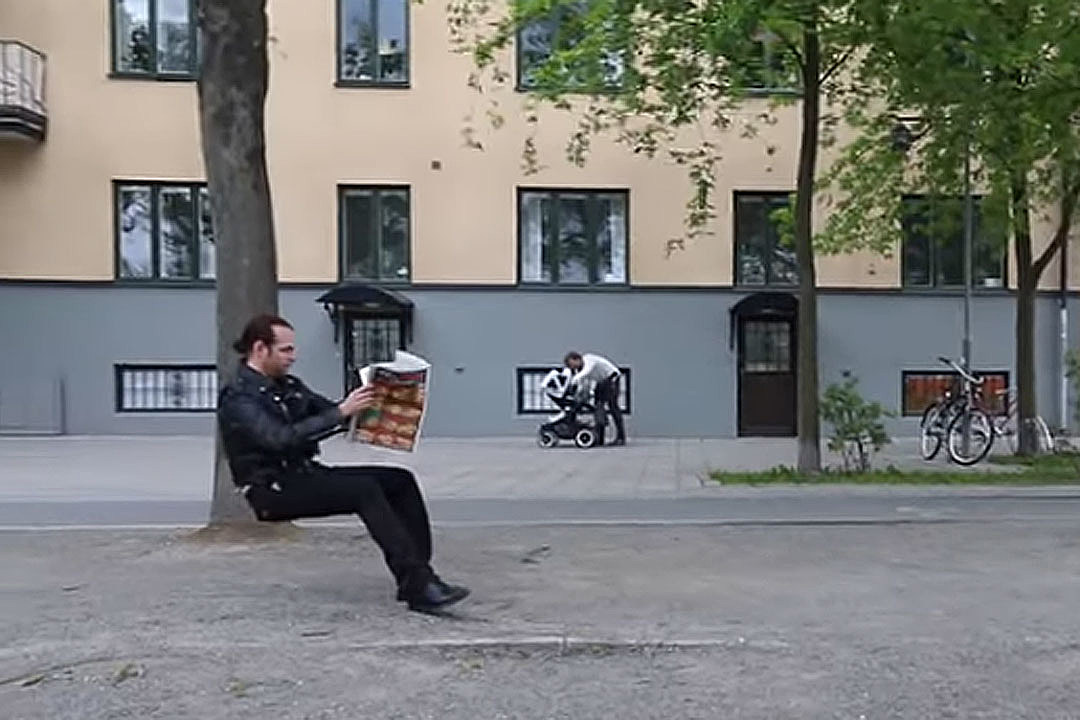

Then, use the “naked” egg for another easy science experiment that demonstrates osmosis. This is so cool! Use vinegar to dissolve the calcium carbonate in an eggshell to discover the membrane underneath that holds the egg together.

Your backyard is a terrific place for easy science experiments! Grab a plastic bag and rubber band to learn how plants get rid of excess water they don’t need, a process known as transpiration. Kids will certainly get a kick out of creating their own sundials using everyday materials like cardboard and pencils.

While people use clocks or even phones to tell time today, there was a time when a sundial was the best means to do that. Grind them up and mix them with flour, water, and food coloring to make your very own sidewalk chalk. Create eggshell chalkĮggshells contain calcium, the same material that makes chalk. Learn more: KiwiCo/Carbon Sugar Snake 30. Grow a carbon sugar snakeĮasy science experiments can still have impressive results! This eye-popping chemical reaction demonstration only requires simple supplies like sugar, baking soda, and sand.
#Invisible chair magic trick how to#
Learn how to build it at the link, and expand your learning by exploring more about Da Vinci himself. It’s inspired by Leonardo da Vinci’s 500-year-old self-supporting wooden bridge. There are plenty of bridge-building experiments out there, but this one is unique. Learn more: Come Together Kids/Make Your Own Bouncy Balls 28. You will want to store them inside a container like a plastic egg because they will flatten out over time. These homemade bouncy balls are easy to make since all you will need is glue, food coloring, borax powder, cornstarch, and warm water. Learn more: Frugal Fun for Boys and Girls/Can Crush 27. Sure, it’s easy to crush a soda can with your bare hands, but what if you could do it without touching it at all? That’s the power of air pressure! Kids will be amazed when the liquids float one on top of the other like magic (except it is really science). Slowly layer liquids like honey, dish soap, water, and rubbing alcohol in a glass. This density demo is a little more complicated, but the effects are spectacular.

Magnetize a needle, float it on the water’s surface, and it will always point north. Here’s an old classic that never fails to impress. This one is extremely simple, involving only hot and cold water and food coloring, but the visuals make it appealing and fun. There are a lot of easy science experiments you can do with density. Their eyes will pop out of their heads when you “levitate” a stick figure right off the table! This experiment works due to the insolubility of dry-erase marker ink in water, combined with the lighter density of the ink. The link below has complete instructions. This experiment takes a little more time and effort, but the results are always impressive. Build a solar ovenĮxplore the power of the sun when you build your own solar ovens and use them to cook some yummy treats. Learn more: Jennifer Findley/Apple Oxidation 21. Have students make predictions about what will happen to apple slices when immersed in different liquids, then put those predictions to the test! Finally, have them record their observations. Use apple slices to learn about oxidation Learn more: Frugal Fun for Boys and Girls/Straw Roller Coaster 20. We love this one, which only requires basic supplies like drinking straws. STEM challenges are always a hit with kids. Put all their engineering skills to the test with an egg drop! Challenge kids to build a container from stuff they find around the house that will protect an egg from a long fall (this is especially fun to do from upper-story windows). You can do so many easy science experiments with a simple zip-top bag! Fill one partway with water and set it on a sunny windowsill to see how the water evaporates up and eventually “rains” down. Learn more: Go Science Girls/Static Electricity 17. Kids will undoubtedly get a kick out of creating beards on their balloon person! Give a balloon face a beardĮqually educational and fun, this experiment will teach kids about static electricity using everyday materials. Learn more: Science Buddies/Cell Phone Stand 16. Use your engineering skills and items from around the house to design and build a cell phone stand. Once they’re suitably impressed, teach them how the “trick” works by explaining the chemistry of polymers. So simple and so amazing! All you need is a zip-top plastic bag, sharp pencils, and some water to blow your kids’ minds. Learn More: 123 Homeschool 4 Me/Capillary Action 14. Gather some water, paper towels, and food coloring to teach the scientific magic of capillary action. Kids will be amazed as they watch the colored water move from glass to glass, and you’ll love the easy and inexpensive setup.


 0 kommentar(er)
0 kommentar(er)
